The Kit-industrial Complex
For some American soccer clubs, designing the best jersey is its own sport--and business
Have you heard of Providence City FC?
If you have, chances are it’s because you’ve seen its jerseys. The pink one with a donut on it perhaps. Or maybe that beige and black one with all the squiggles and doodles. But even so, it’s unlikely that you’ve ever seen Providence City play.
That’s because the 6-year-old Rhode Island club with the skull-and-bones badge is active in the Bay State Soccer League, an amateur men’s circuit in the Boston area. That makes Providence City a fifth-tier team. Or maybe sixth-tier—it’s hard to tell at that level. Yet Providence City has built a national profile and a global following on the strength not of its soccer but its jerseys.
Many soccer clubs began thinking of themselves as quasi-lifestyle brands some time ago. Paris Saint-Germain aspires to becoming a purveyor of fashion. So does Juventus. But a slew of American teams playing in the minor leagues or even in amateur circuits, like Providence City, Forward Madison and the Kingston Stockade, have hurried past building a global soccer juggernaut and skipped ahead to the fashion part.
Whereas PSG and its fellow powerhouses see streetwear as an avenue to tap into new markets—namely the non-fans—and eke out a little more revenue, some savvy American clubs have made the merchandising business central to their model. It’s the jerseys that makes the soccer possible, rather than the other way around.
Providence City is riding the wave of this kit boom, the emergence of soccer jerseys as a sought-after fashion item. The new appeal of jerseys has allowed savvy, regional clubs to transcend their level and build brands. Because there is no other reason for the Rogues, so nicknamed, to have entered into the consciousness of soccer’s growing fanbase stateside.
Jason Rego, the co-founder and owner of the club, readily admits that the slick jerseys the Rogues have sold in 30 countries and 48 states make up about 90 percent of the club’s revenues. Even though Providence City has little hope of its games being show on TV, it sold some 1,500 units of its five different jerseys last year. They retail at $85, with a markup of about 50 percent.
The Rogues don’t sell tickets to their games, so the jersey sales cover the costs of competition entry fees, referees, field costs and such. “Every time I sell jerseys that goes right back into the club,” Rego says. “So that's essentially my business model at the moment.”
The 28-year-old Rego studied finance at Bryant University in Rhode Island and consulted with small businesses as part of his coursework. That’s why, when he and a friend started a club, the relationships with the club’s local sponsors remained central. When Rego, who has no design background, began building kits around sponsors—by, for instance, turning a donut shop into an entire donut-themed kit, rather than just offering space within a larger design—a funny thing happened. They became hot property and the club began making far more money from its jerseys than it might have reasonably expected to.
“I obviously don’t have a millionaire marketing budget to run these campaigns, so I grab people’s attention with our designs and then it sparks a little bit of interest and they get curious,” Rego says. “Then they check out our website, they learn about our schedule. And they start to learn what we’re all about just from our jersey.
“It’s like the merchandising strategy of Disney,” Rego continues. “We’re selling an experience but you wear a t-shirt. And you kind of associate with it. Now you’re part of something.”
Part of something that is essentially a jersey business that also fields a soccer team.
If you had to isolate the two elements most responsible for soccer’s steady incursion into the American mainstream, the first would doubtless be the EA Sports FIFA video game franchise. The other is soccer’s culture—its history and pageantry and sometimes-toxic tribalism.
The blossoming demand for the game’s folklore created a market for soccer’s fashion stateside. The kits of European clubs are now ubiquitous here. And in the last few years, the sales numbers of Major League Soccer jerseys have trended up by double digits as well. Clubs like the LA Galaxy, the Philadelphia Union and the Seattle Sounders, however, who worked with the league’s jersey sponsor adidas to create more daring designs, have seen triple-digit sales growth.
Ahead of the 2020 season, MLS turned its reveal of all the teams’ new jerseys into a full-blown fashion show. Considering that the Gucci and Balenciaga houses had already designed soccer jerseys as a kind of low-brow high fashion, a runway kit launch felt entirely appropriate.
Yet the odd thing about the jersey vogue is that it exists on a kind of parallel track to the actual soccer itself, effectively divorced from the game that the uniforms are intended to be played in.
Some of the most iconic jerseys in the sport stateside belong to teams nowhere near the summit of the game. Other sellers of coveted kits don’t actually play soccer at all. Asbury Park FC in New Jersey, the brainchild of a clever social media marketer, built a robust merch business without ever actually playing a game. It inspired a faux-rival, by the same principals, in Neptune FC, and then more teams like, among others, Saltair FC in Salt Lake City, FC Belvidere Oasis in Illinois and Fishtown FC in Philadelphia , although the latter eventually graduated to playing actual soccer.
It’s a kind of merchandise meritocracy. The spoils go not to the team that wins the most but the one that designs the best jersey. And if that team happens to be a semi-pro or amateur outfit, or doesn’t actually field a team at all, well, that doesn’t much matter.
An unexpected wrinkle to this phenomenon is that it acts as a leveler of a topologically rocky playing field.
The possibility for upward mobility for soccer clubs is almost completely absent in America. Unlike in most every nation in the world, you can’t win your way to the next level. To climb a rung, you usually have to buy your way into closed leagues with an expansion fee and other prohibitive conditions. So the rewards for success at the lower level are scant. But this growing jersey craze offers a pathway for deftly-run clubs to capitalize on their sporting and branding success.
In its first year of existence, the Kingston Stockade, a fourth-tier, semi-pro team in Upstate New York, made almost $56,000 in revenue from merchandise sales alone, representing around 56 percent of its total revenue that year. By its fourth season in 2019, that percentage had dropped down to 27 percent because the club generated much more money from season-tickets, game-day revenue and sponsorship—besides, it hadn’t introduced any new jersey designs. But the early windfall from merch was crucial in allowing the club to weather its first season, paying the bills before other revenue streams grew.
Stockade merch caught on nationally among soccer aficionados not only because it looked sharp, but also because it made a statement about the structure of American professional soccer. The club’s owner, Foursquare co-founder Dennis Crowley, was verbal about his desire to upend the system of closed leagues and create an open system with promotion and relegation. That allowed his new club to tap into an eager market of likeminded ideologues. Stockade merch came to represent a larger movement.
“These teams, especially in the lower leagues, realize that they’re not ever going to make it to the top division because of the promotion and relegation system,” says Robby Smukler, the owner of Icarus FC, a company that has designed and produced bespoke soccer uniforms for more than 600 amateur and semi-pro teams. “It’s just not a foreseeable option. Literally the only way you can make a statement in American soccer if you’re not an MLS team is through your merchandising. And kits are at the forefront of that.
“These are clubs first,” Smukler says of the lower-league teams earning well on jerseys. “A close second is their brands. In a lot of cases, they’re really just brands masquerading as clubs. If you’re one of these clubs, no one cares how you play, there’s not a lot of people watching these games. The way they’re going to connect with fans is through their kits and they have to think outside the box and do something different.”
Forward Madison’s distinctive blue and pink jerseys don’t just sell in Wisconsin, they retail in the United Kingdom and Japan as well. Which isn’t bad for a team that plays in the third-tier USL League One. Its 2020 alternate jersey alone sold more than 1,000 units. That’s how the team came to leads its league in jersey sales – likely by a comfortable margin. And it probably also helps to explain how Forward Madison far outpaced the rest of USL League One in attendance in the last normal season, 2019—averaging almost 4,300 spectators per game, double the league average in just its second year of existence.
The way the club sees it, those two things are aligned.
“The kit is just one piece of the larger puzzle,” says the club’s art director, Cassidy Sepnieski, a self-taught designer who leads Forward Madison’s jersey efforts. “The branding and the community engagement, the personalities of the players all tie in to kind of create this image, and the kits are just accentuating that. The kits wouldn’t do well if the tone wasn’t there, the voice wasn’t there, if the players weren’t out in the community.”
That may very well be true on a local level and there is no arguing with the club’s commercial success, but Forward Madison sells its jerseys all over the country and abroad. Its brand appeals far beyond the reach of the club’s marketing efforts.
The Flamingos, as the club is nicknamed for the bird on its crest, have season-ticket holders who live in Florida and Georgia, who seldom make it to games. They even have a fan in Switzerland who flew to Wisconsin for a weekend in 2019. She wanted to see the team she’d begun rooting for on account of its jersey live. She now maintains a French-language fan account for the club on Twitter. Club captain and community engagement manager Connor Tobin has set up a program called ‘Mingos Worldwide to try to connect with fans outside of Madison.
“We make our kits for our local fans, but for international people, our kits are an entry point into our community,” Sepnieski says. “We're not just putting kits out there to an international community to sell jerseys. Our thing is we’re the second-favorite club.”
Jason Klein, Forward Madison’s digital content manager, ascribes some of the club’s commercial success to unimaginative branding at the pinnacle of the sport. “All the different MLS clubs are slowly becoming the same, homogenous thing,” he says. “And I think what makes Forward Madison stand out is that we're in some sense the opposite of that. We have made an intentional effort to be different and I think people have really latched on to that.”
The Flamingos don’t just release several new jerseys a year, but they have also done limited edition Black Lives Matter and Pride kits, donating the proceeds to charity.
“Kits have become a part of Forward Madison’s language,” Klein says. “The important thing for good jerseys is that you can’t have it in a vacuum. People wear a kit because it represents a set of beliefs, an ideology. Our kits represent something more than just what you’re wearing that day.”
Sometimes, though, soccer jerseys represent nothing at all. They represent an amateur team you will probably never see in action. Or teams that don’t even have players or games. Sometimes kits have no identity but their design itself.
And those are selling too.
Soccer miscellany:

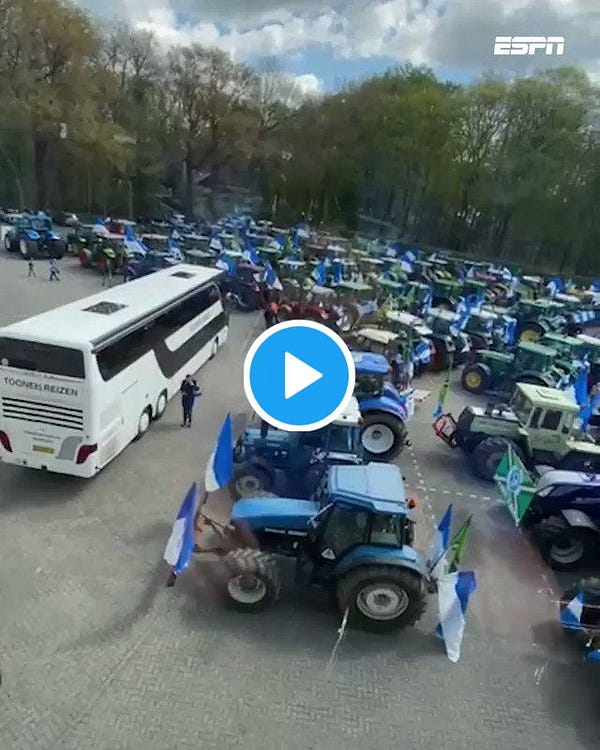


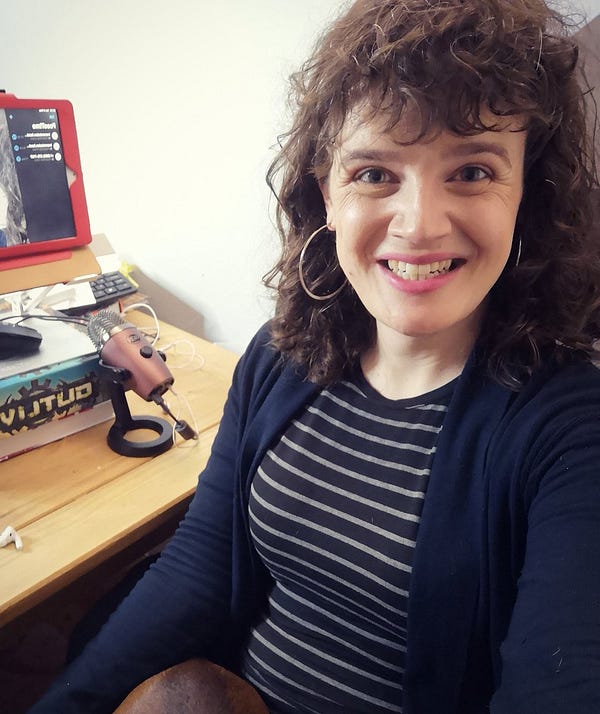

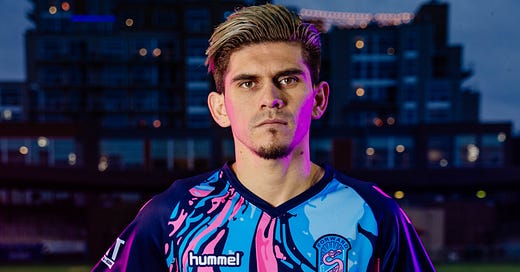


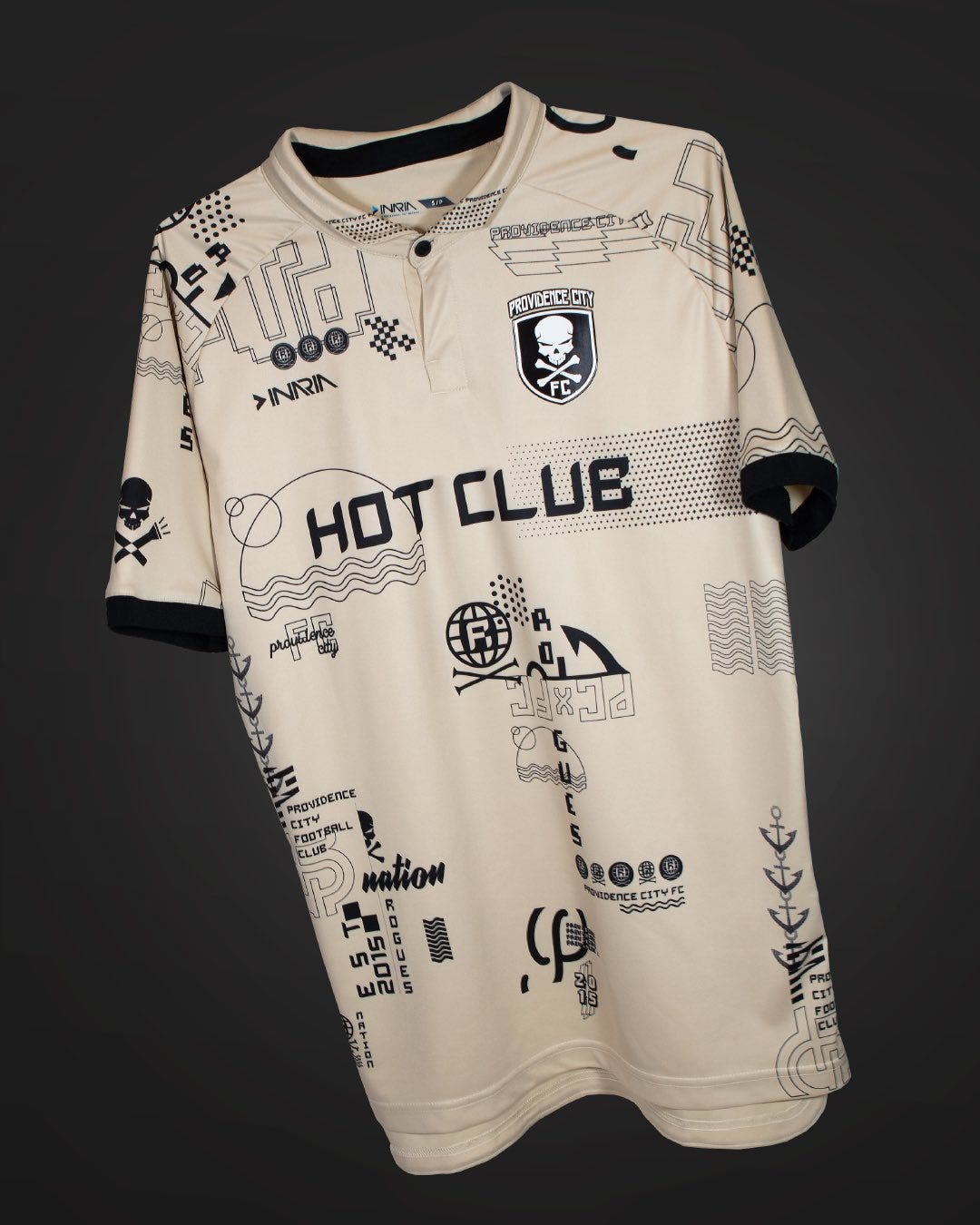
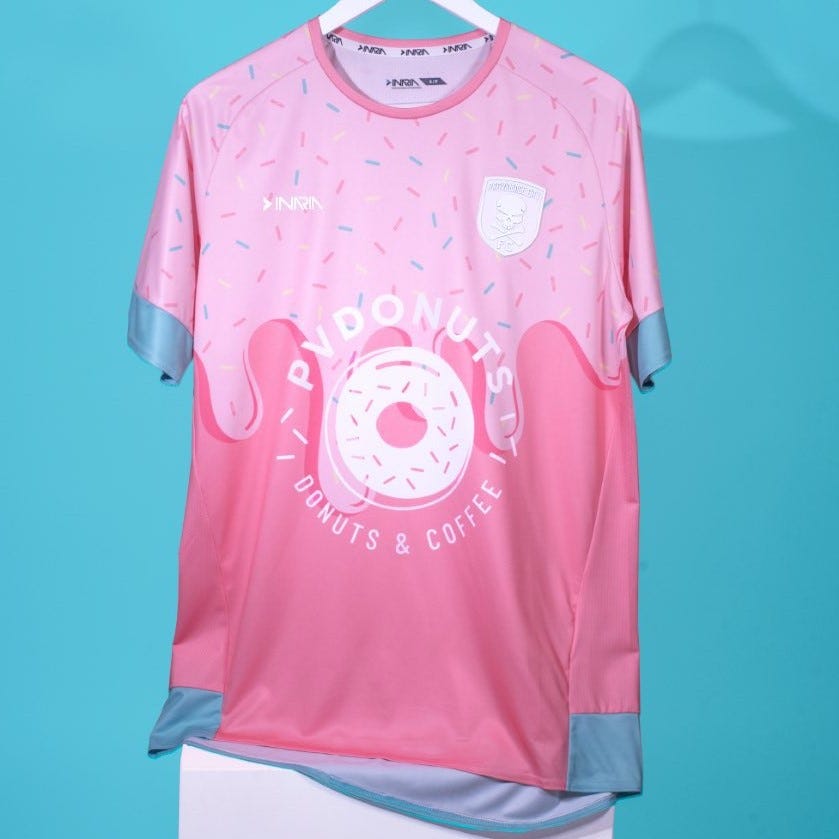
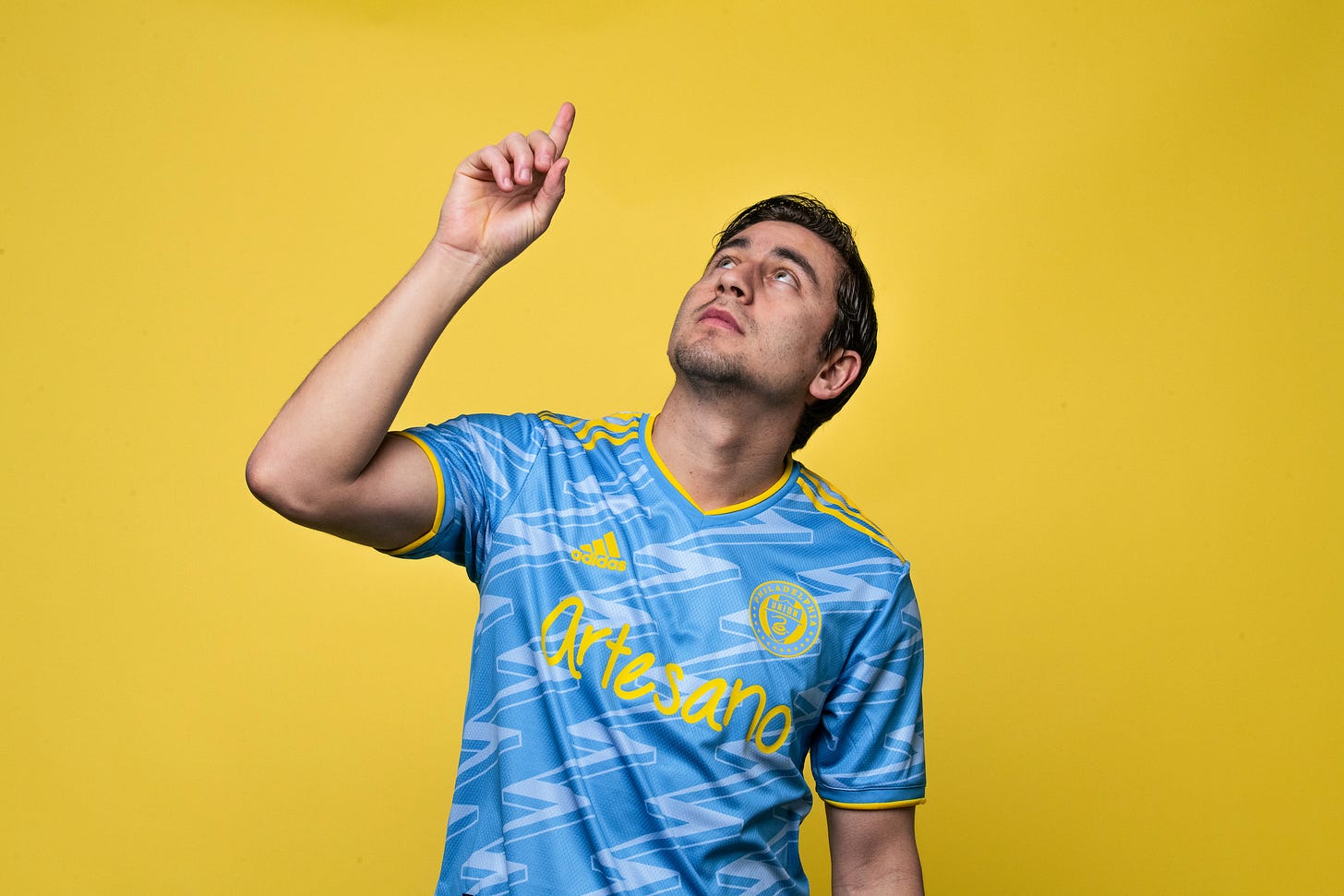


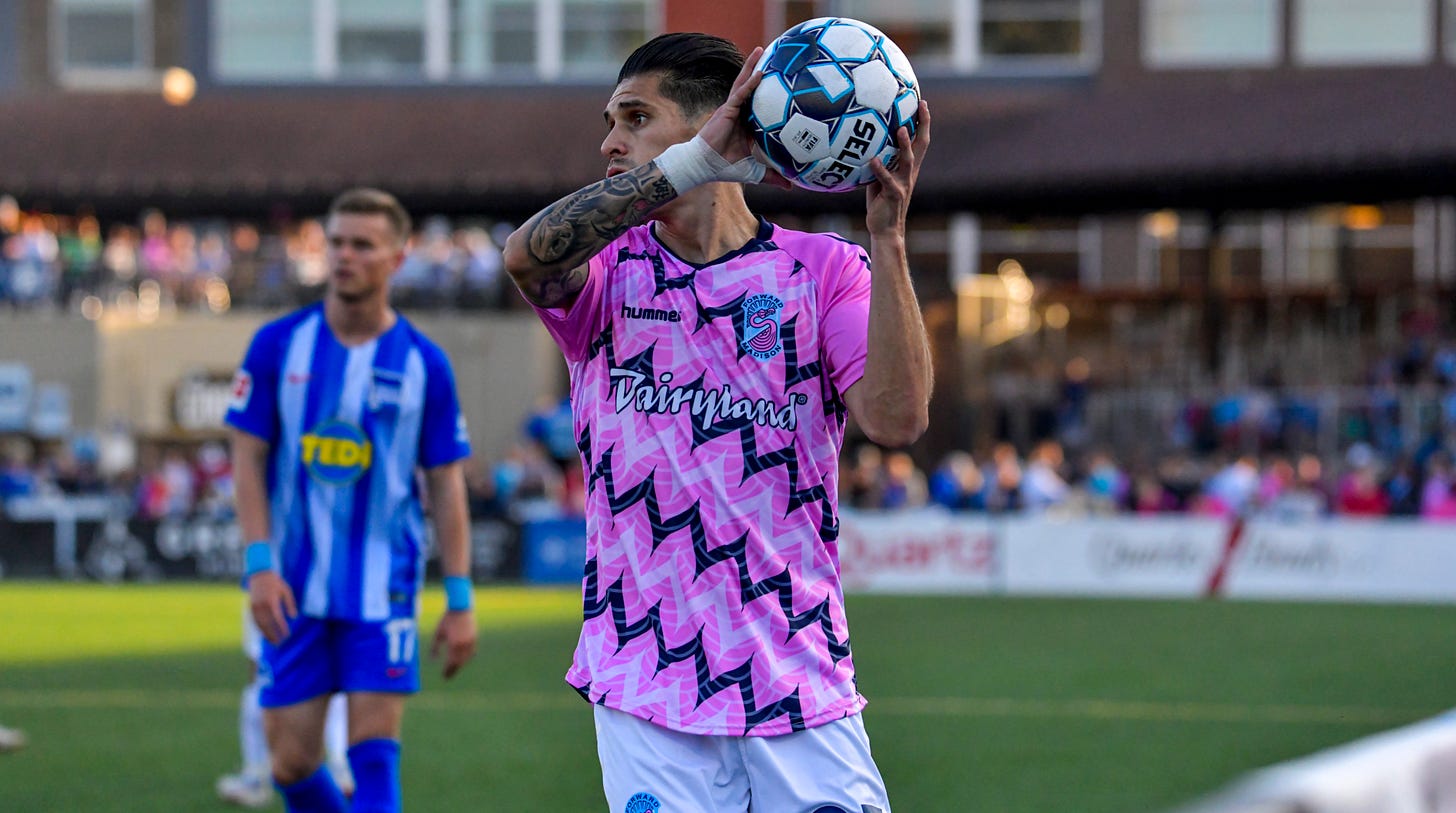





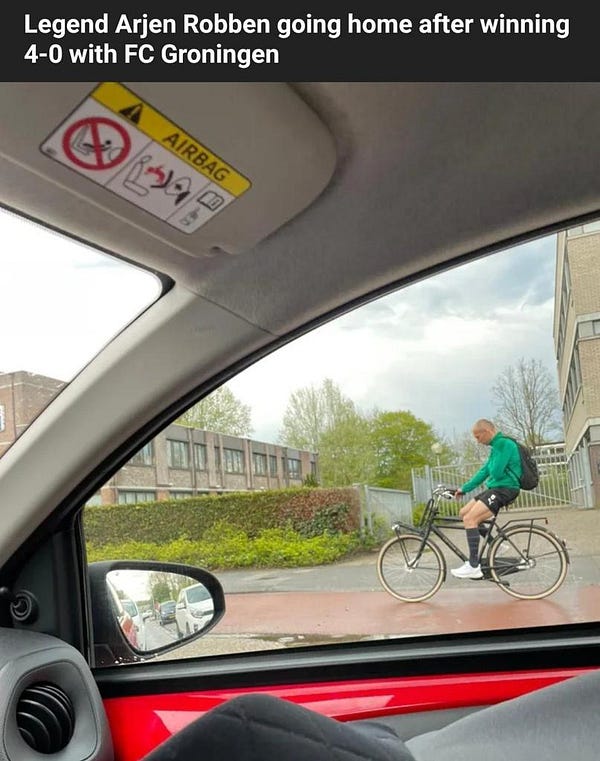

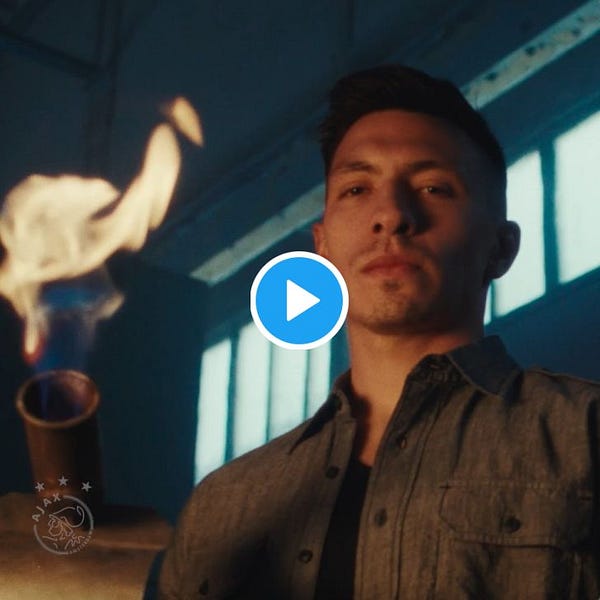


It is interesting how these lower division teams have been able to garner attention locally, regionally & globally through their unique branding & design. I had seen all the clubs you spoke up before and a handful mor such as Atlantic City FC (Poker chip & Aces designs). Makes you wonder if the single entity Jersey restrictions of MLS could loosen in the future or if it’s a bigger uniformity of league branding limiting clubs from beginning unique and creative.
Great read and excited to read more in the future!